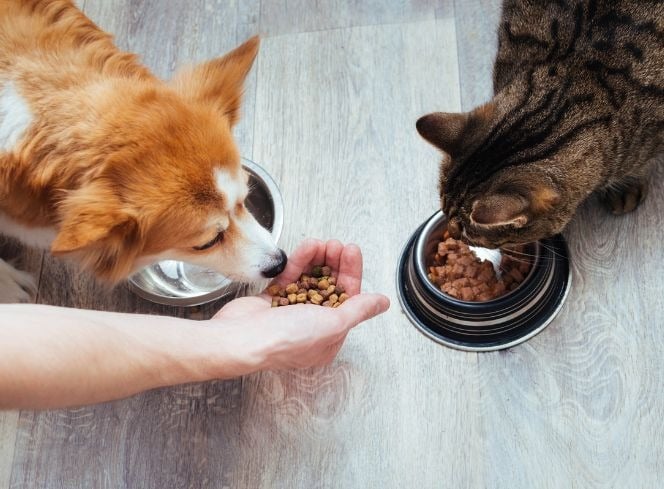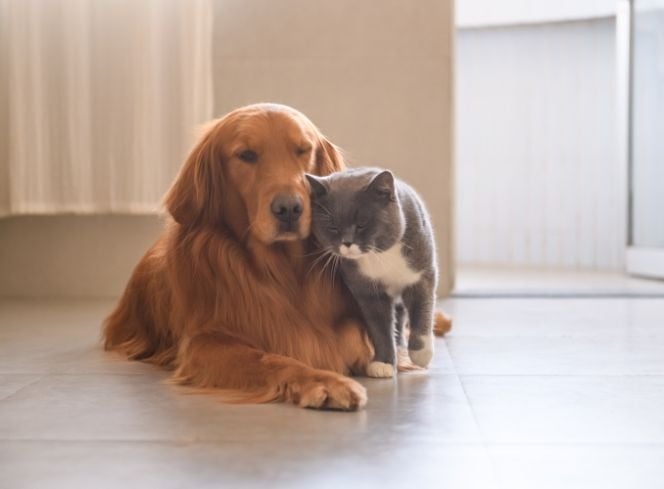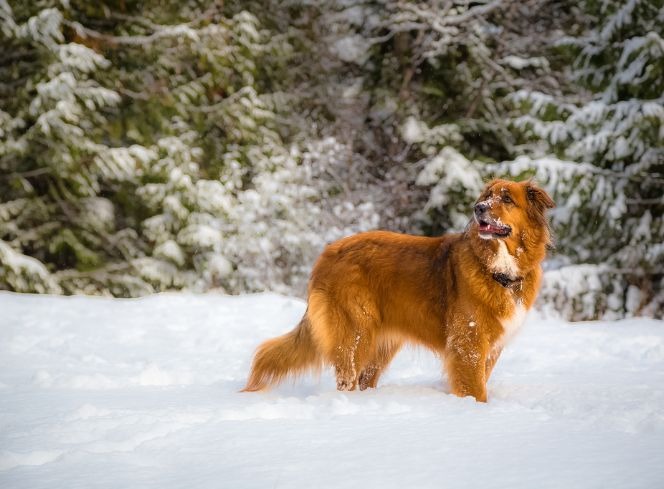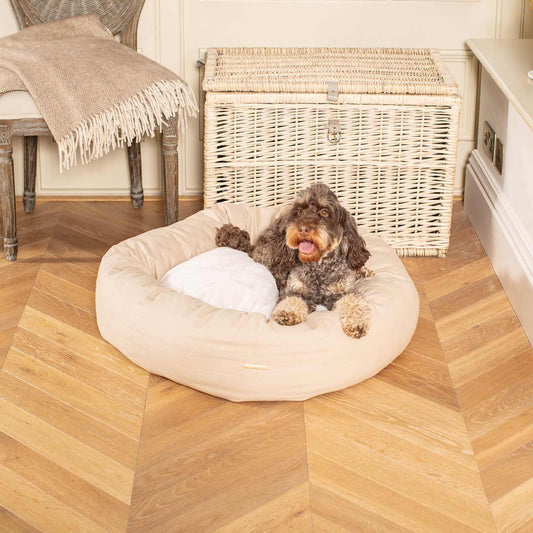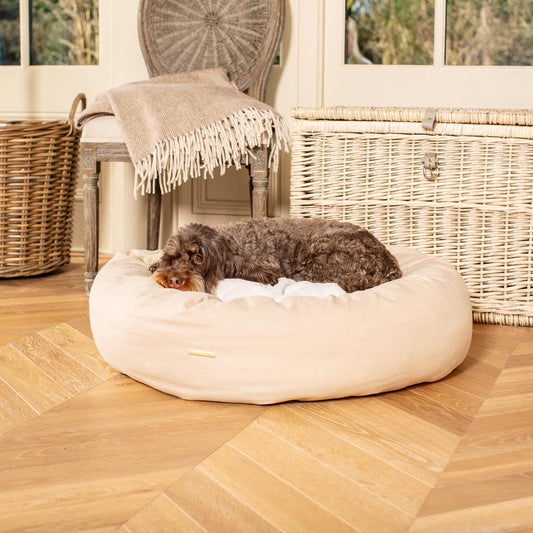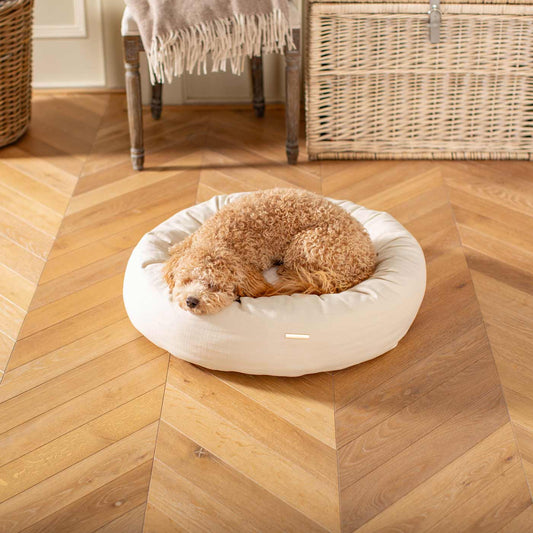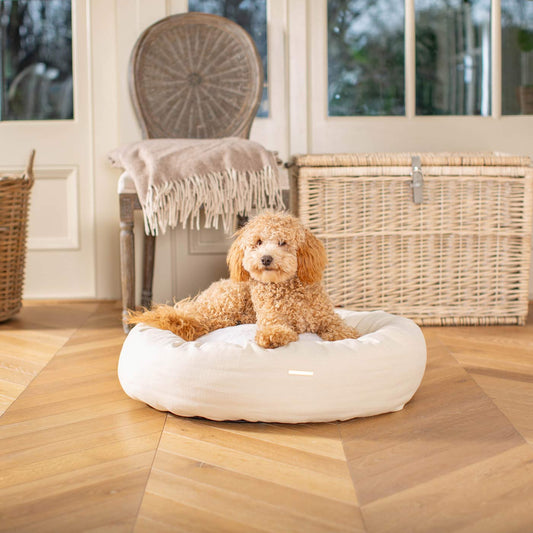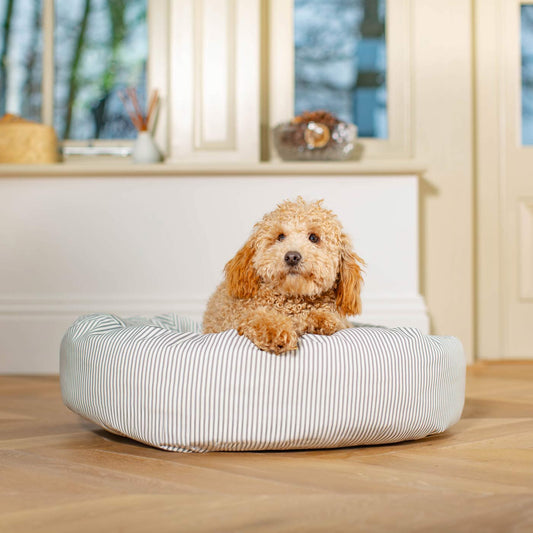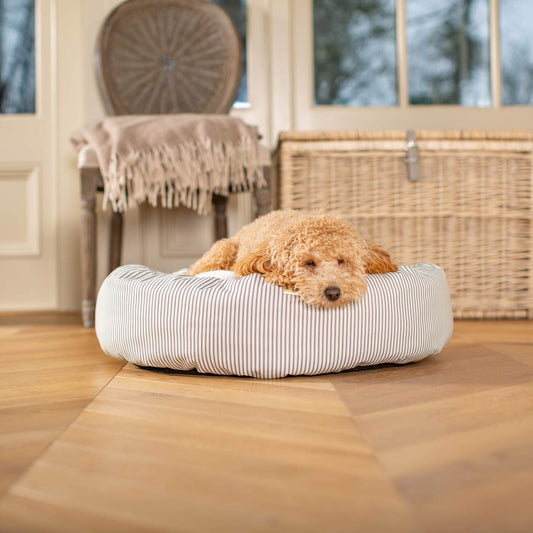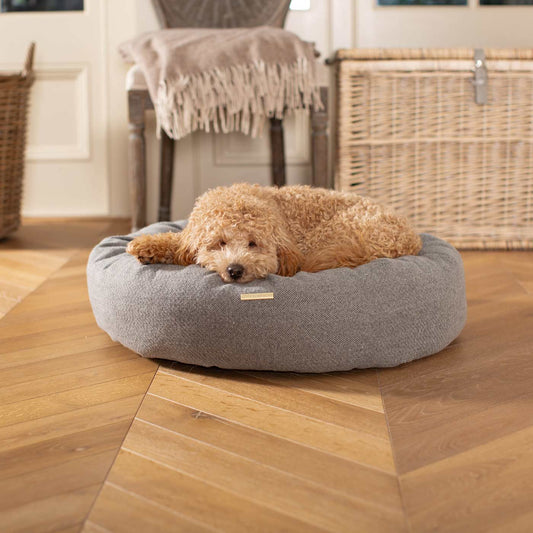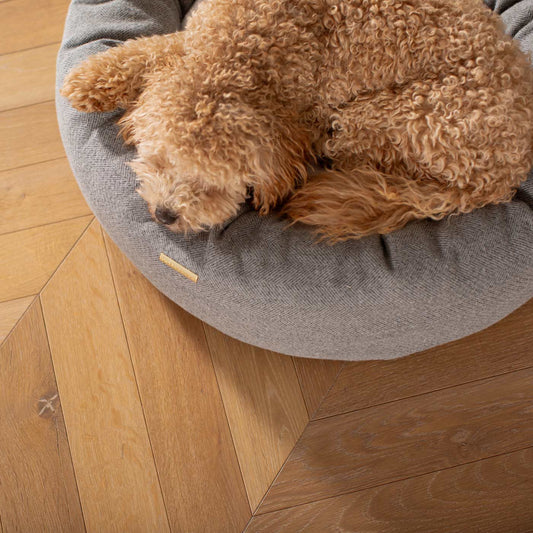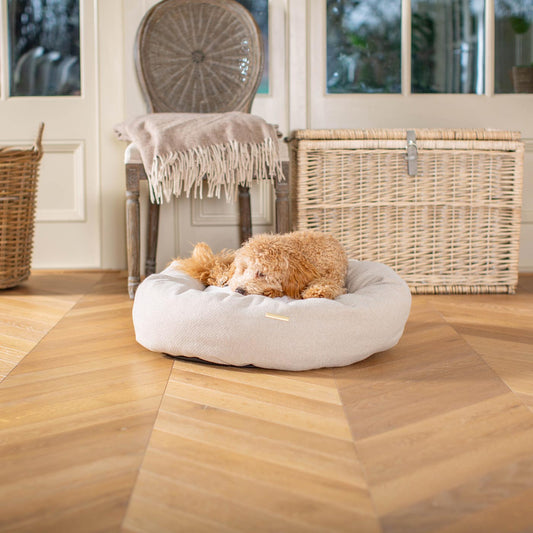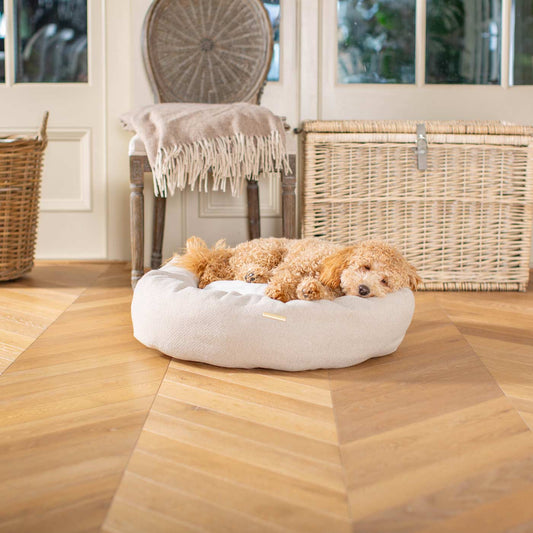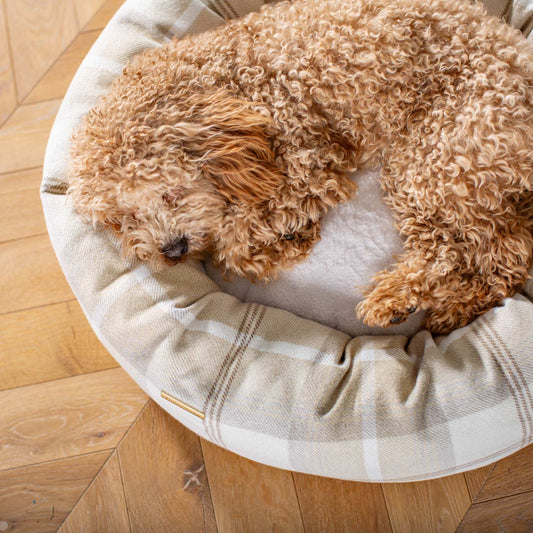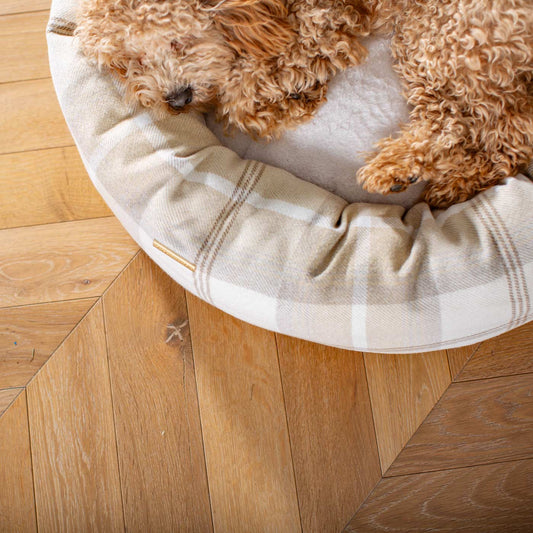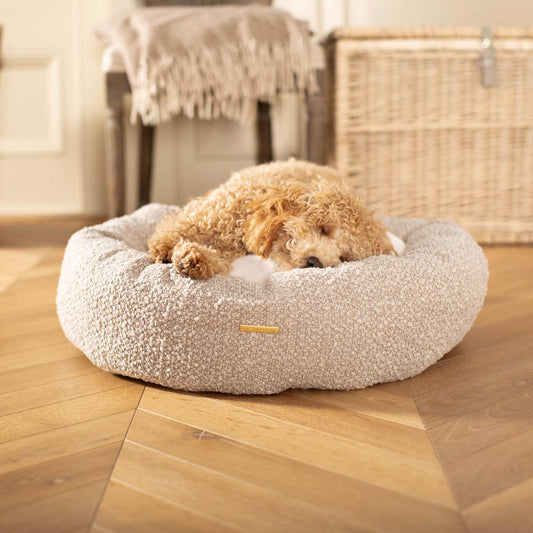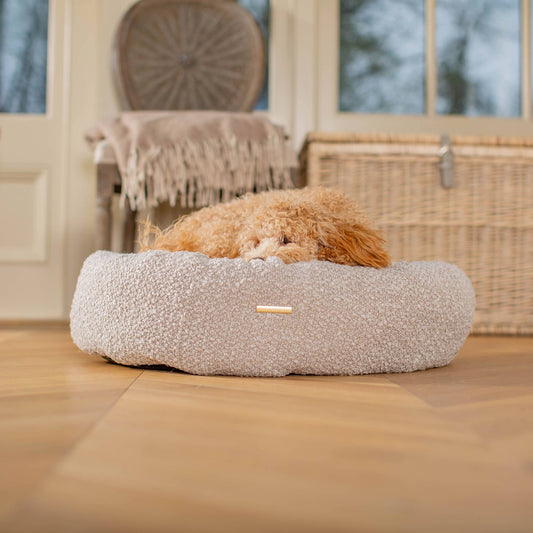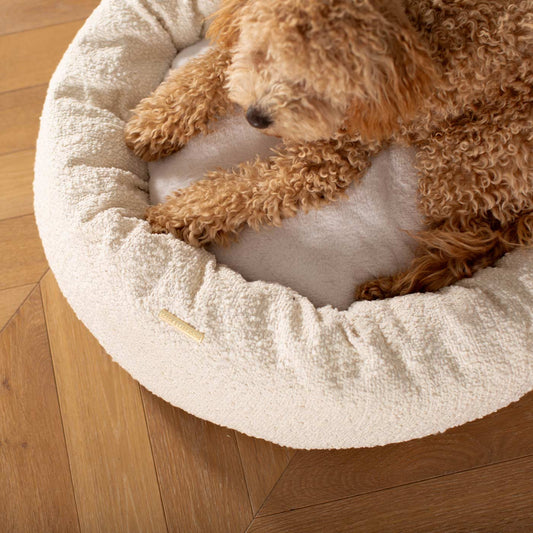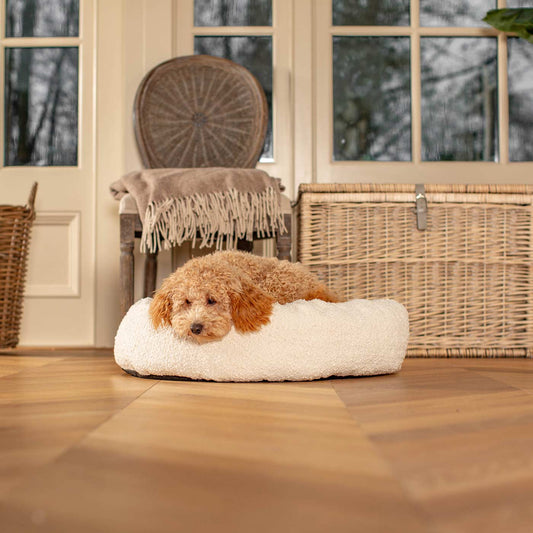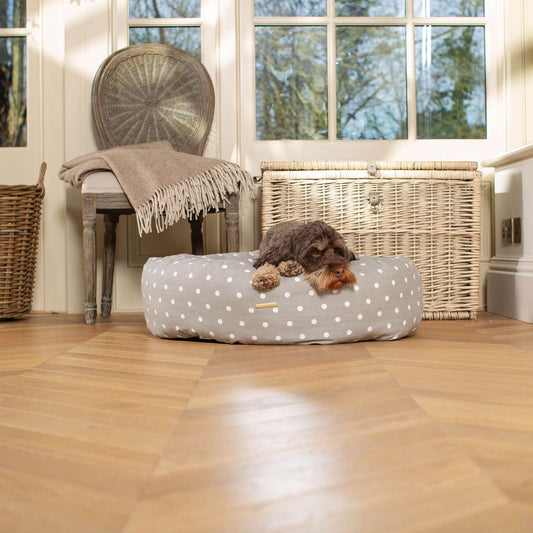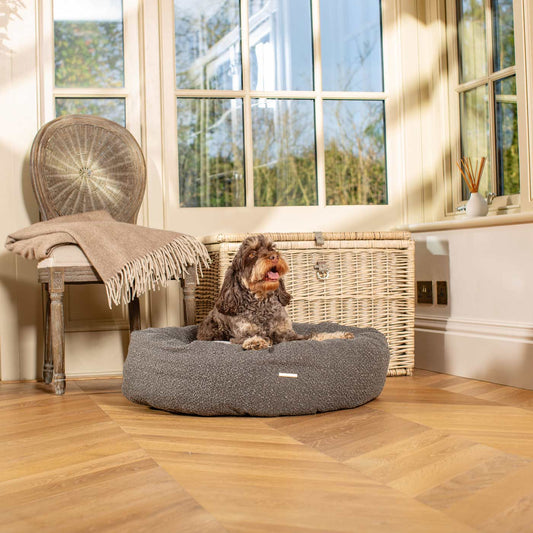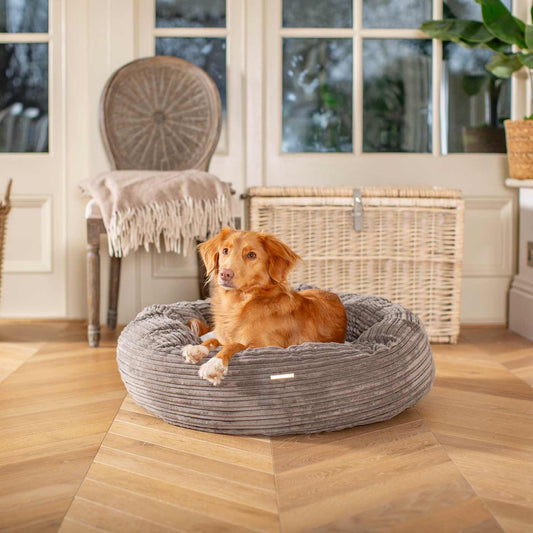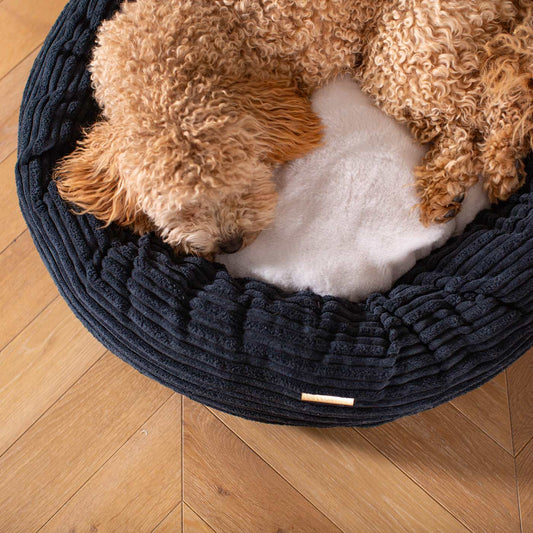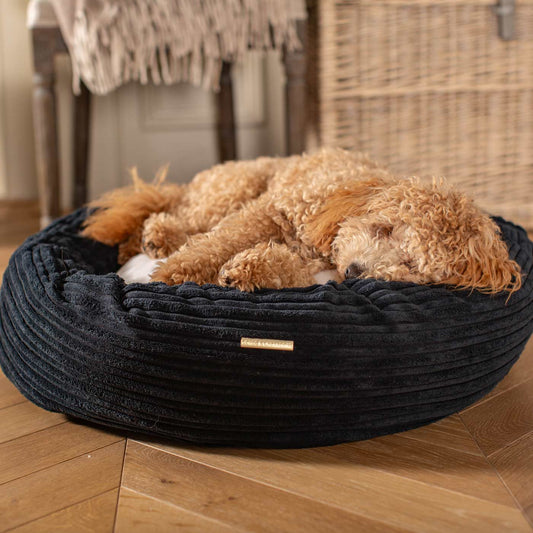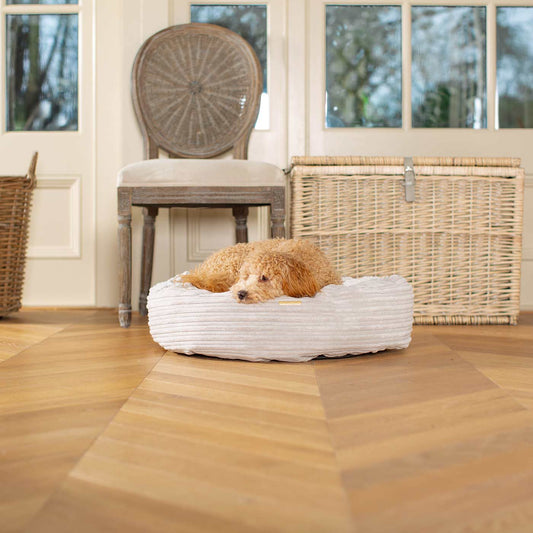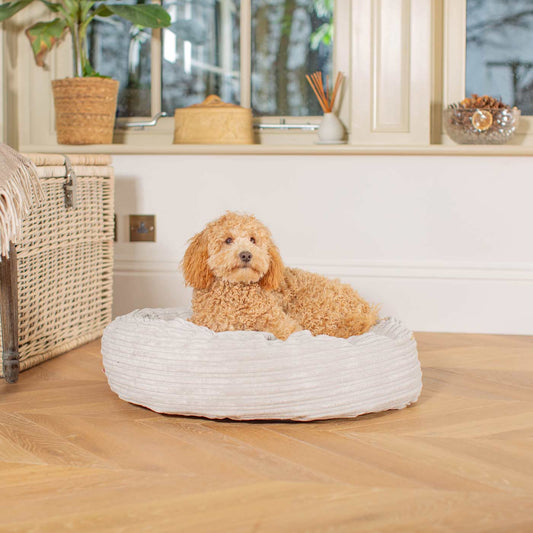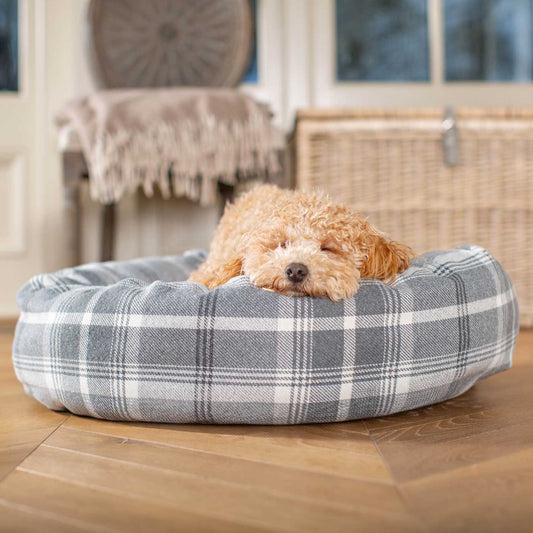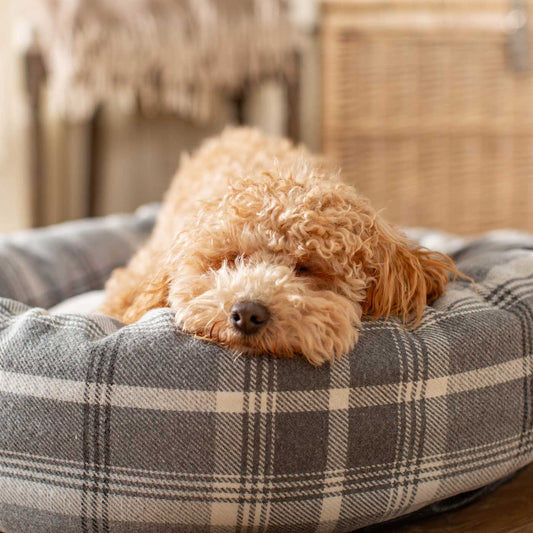With the new year just round the corner you may be looking to get fit, running with your dog is a great way to do this as well as being a fun way to spend time with each other. Dogs can make great running buddies and are amazing motivators, we’ve put together our top tips to help make your runs with your dog as fun as possible!
Can I Run With My Dog?
Before your start running with your dog, it’s best to make sure they’re suited for long-distance running, some dog breeds will take to it more than others. Brachycephalic dogs like pugs or French bulldogs have shorter face and noses which often makes breathing more difficult, this means they’re not as suited to running as other dogs.
It’s also worth bearing in mind your dog’s age and weight as these can impact their suitability. If you’re in doubt, ask your vet and they will be able to give your dog the okay to start running, as well as having lots of helpful tips and tricks.
How To Train My Dog To Run With Me?
Walk before you can run. Before you start running with your dog it’s important to make sure they’ve mastered loose lead walking, you don’t want your dog to be pulling you along whilst running! Have plenty of treats to hand to help them master walking to heel.
Slowly but surely is the best way to start running with your dog. Start by adding short bursts of running to your regular dog walks and gradually increase your distance and speed, this is a great way to build up both of your stamina.
Stop for plenty of water breaks, we recommend the KONG H20 Insulated water bottle, it as a handy clip so you can attach it to your lead or outfit, the bottom unscrews and doubles as a bowl, and it’s 100% recyclable and sustainable!
Just like when we exercise, warming up and cooling down is important, always start and end your runs with some walking.
How Far Can You Run With A Dog?
You know your dog best and how far dogs can run can vary massively from dog to dog, depending on age, breed, and health. For example, younger dogs’ bones are still developing so it’s important not to put them under too much stress with excessive exercise. As we said above building the speed and distance up slowly is super important, watch out to see if there’s any excessive panting or other signs your dog is tired and make sure to have a break or go home if they seem worn out.
How far you run with your dog will also depend on the weather conditions, seasoned runners will often be out in all weathers, but this doesn’t mean your dog should, it can be too hot or too cold for your dog. Have a look at our blogs on safe walking in the winter and summer with your dog for more information.
Should I Use A Lead To Run With My Dog?
It’s important to only run with your dog off-lead where it’s safe and legal, and you’ll need to practice their recall plenty of times first!
For running a lead which your can wear round your waist is much easier than one you have to hold, it means you have your hands free which is important for keeping the right form when running. Holding a lead can lead to imbalances so we love the Ruffwear Roamer leash which you can wear round your waist, it comes in two colours and sizes. It has an accessory hoop which is perfect for attaching poo bags or your clicker, the ergonomically-designed Talon clip is great for control as it can be used single handedly – it really is the perfect running lead.
We recommend using a harness to attach your dog’s lead to, this means if they pull the pressure will be spread out rather than concentrated on their neck. We love the Ruffwear front range harnesses to run with your dog, they’re super adjustable which means they’re bound to fit your dog perfectly, and we find them to be a really sturdy harness which is perfect for running.
We hope that you and your dog go on lots of fun runs in in the new year, we’d love to see some pictures so be sure to tag us on Instagram @lordsandlabradors and use the #landlfriends!

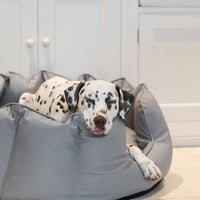


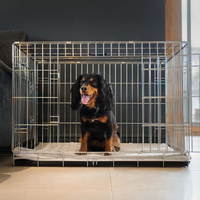


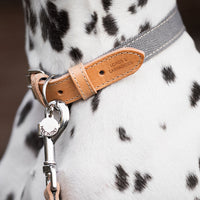

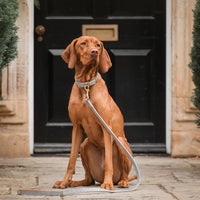

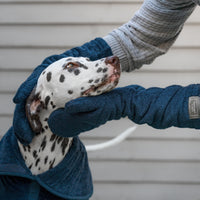
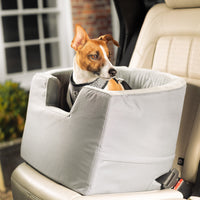

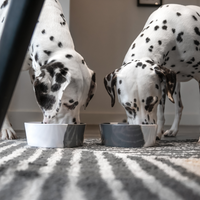



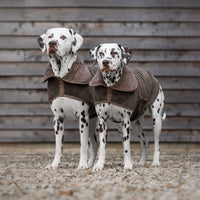
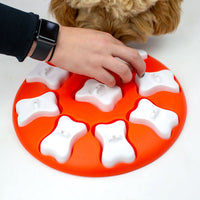


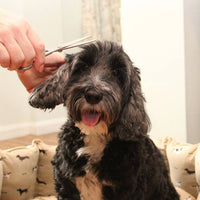



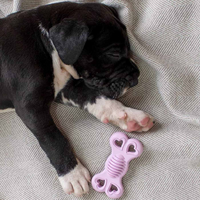












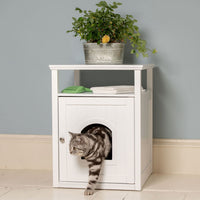

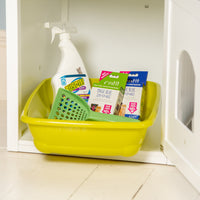
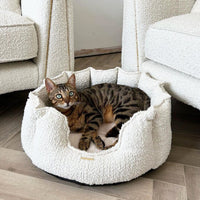

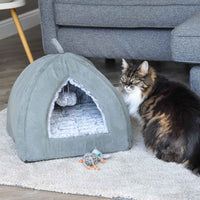









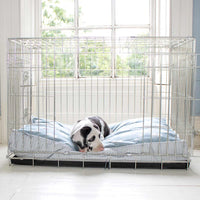

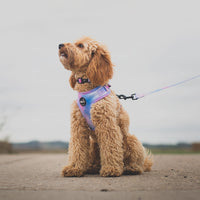




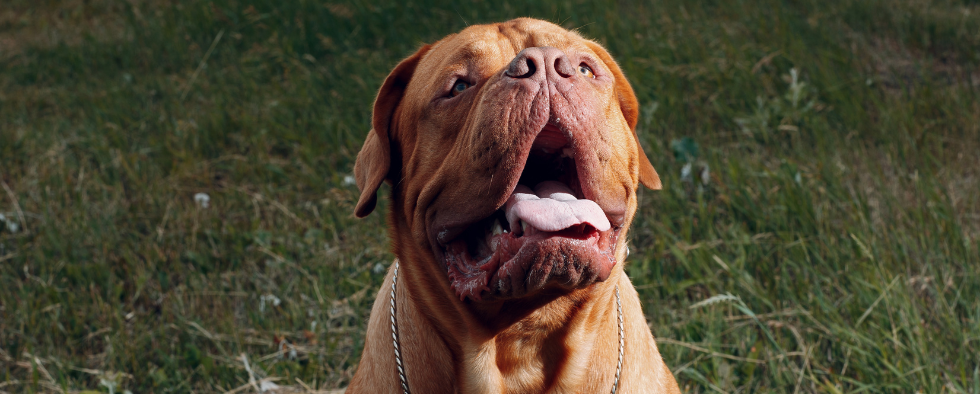
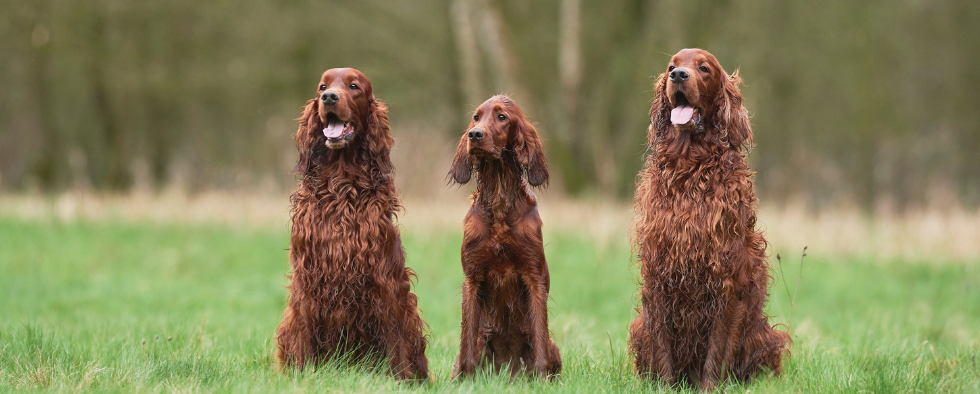


![[color:black]](http://www.lordsandlabradors.co.uk/cdn/shop/products/KONG-H2O-Inulated-Bottle-Black.jpg?v=1679398573&width=533)



